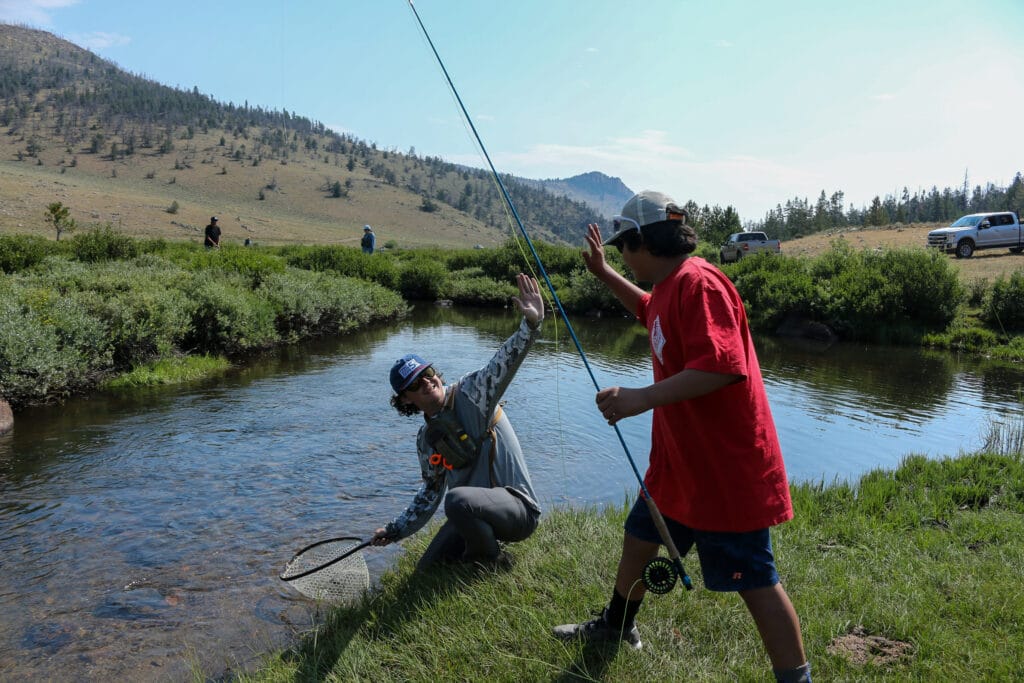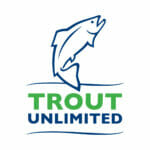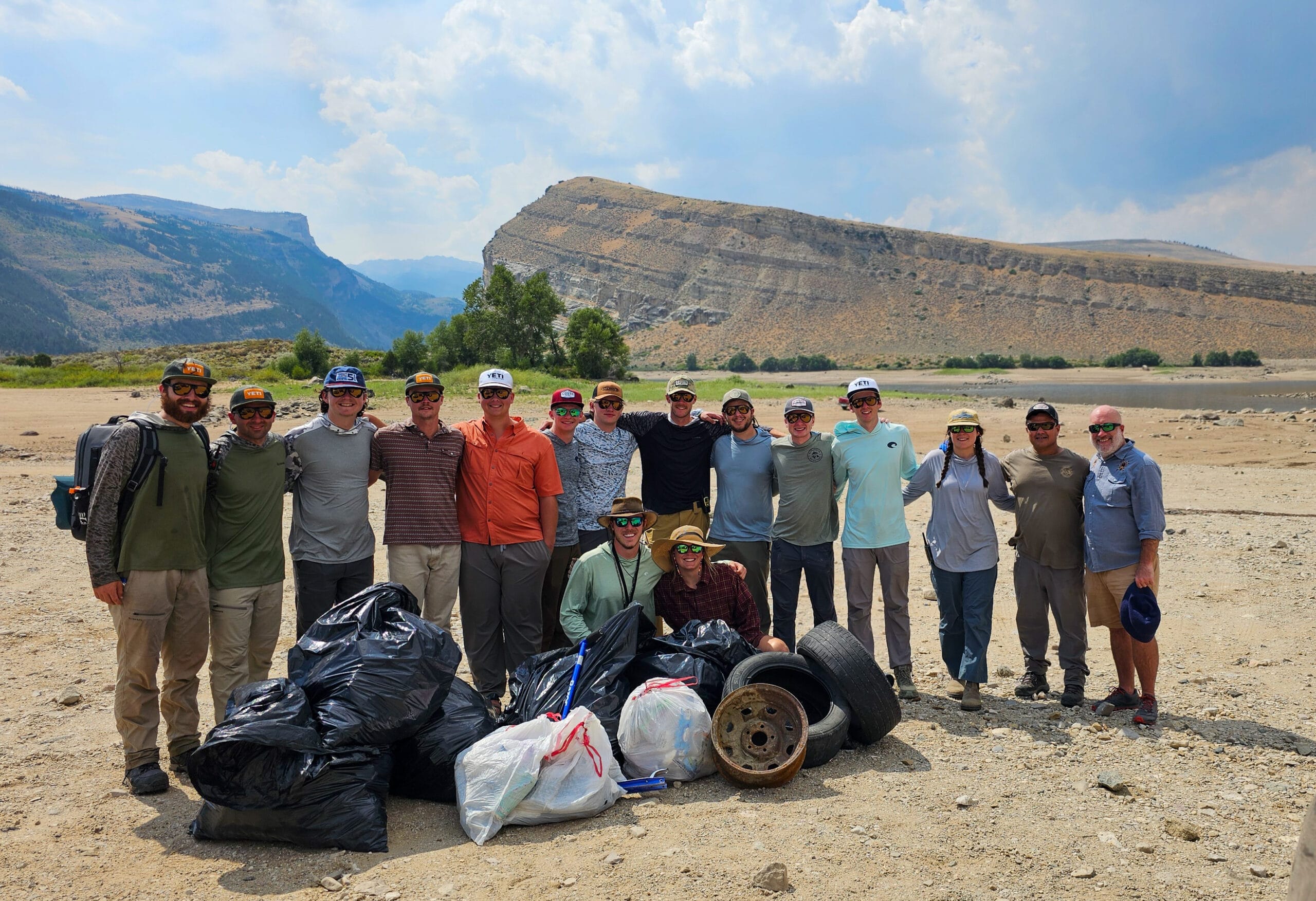The Kids are Alright highlights the true power of community, conservation and fishing as the film showcases the 2024 5 Rivers Ambassador Summit.
This is annual event hosted by Trout Unlimited, Costa Sunglasses, Indifly and the Wind River Fish and Game Department. During the Summit, college anglers in the 5 Rivers program travel from around the country to rural Wyoming for a week of conservation work, fishing and community building.




